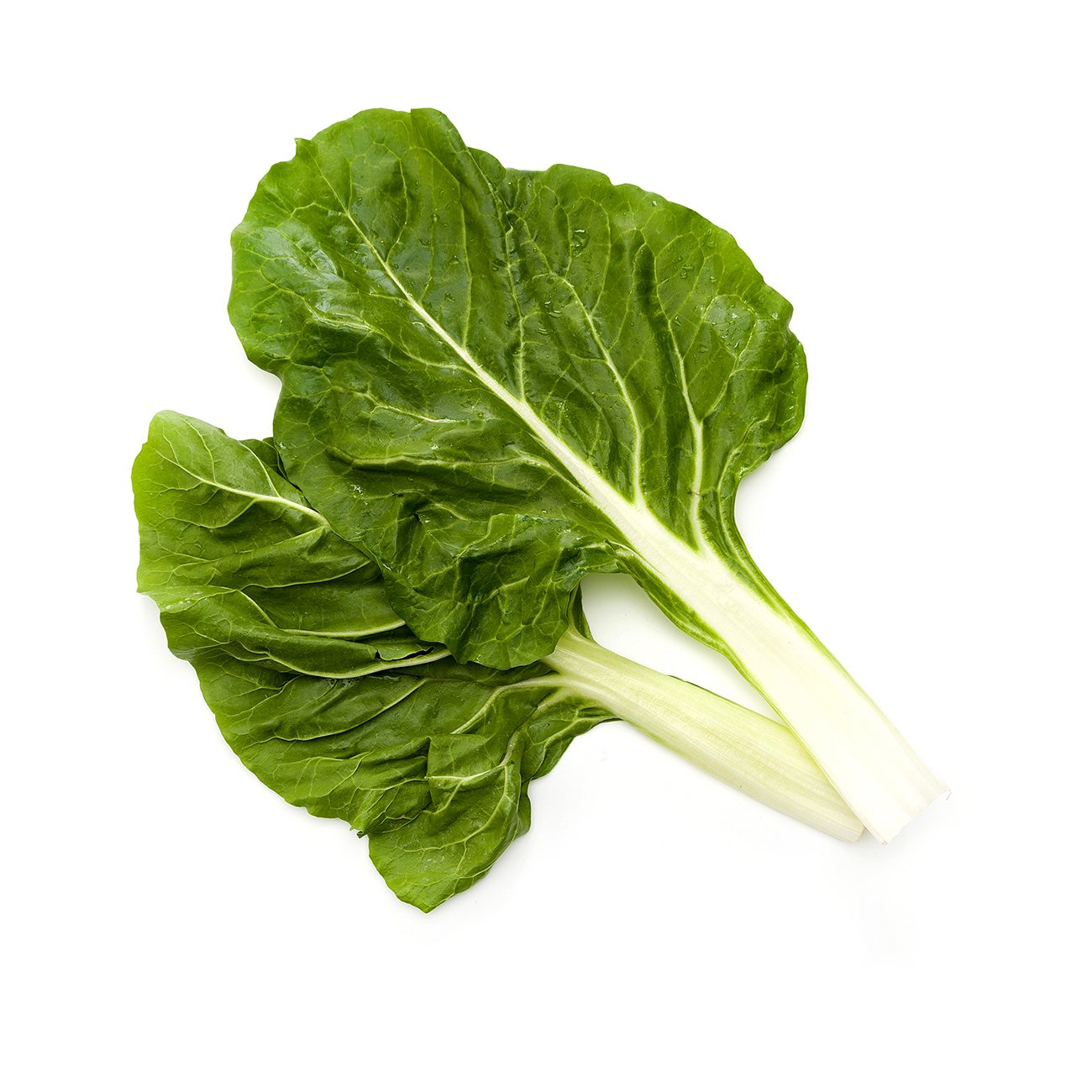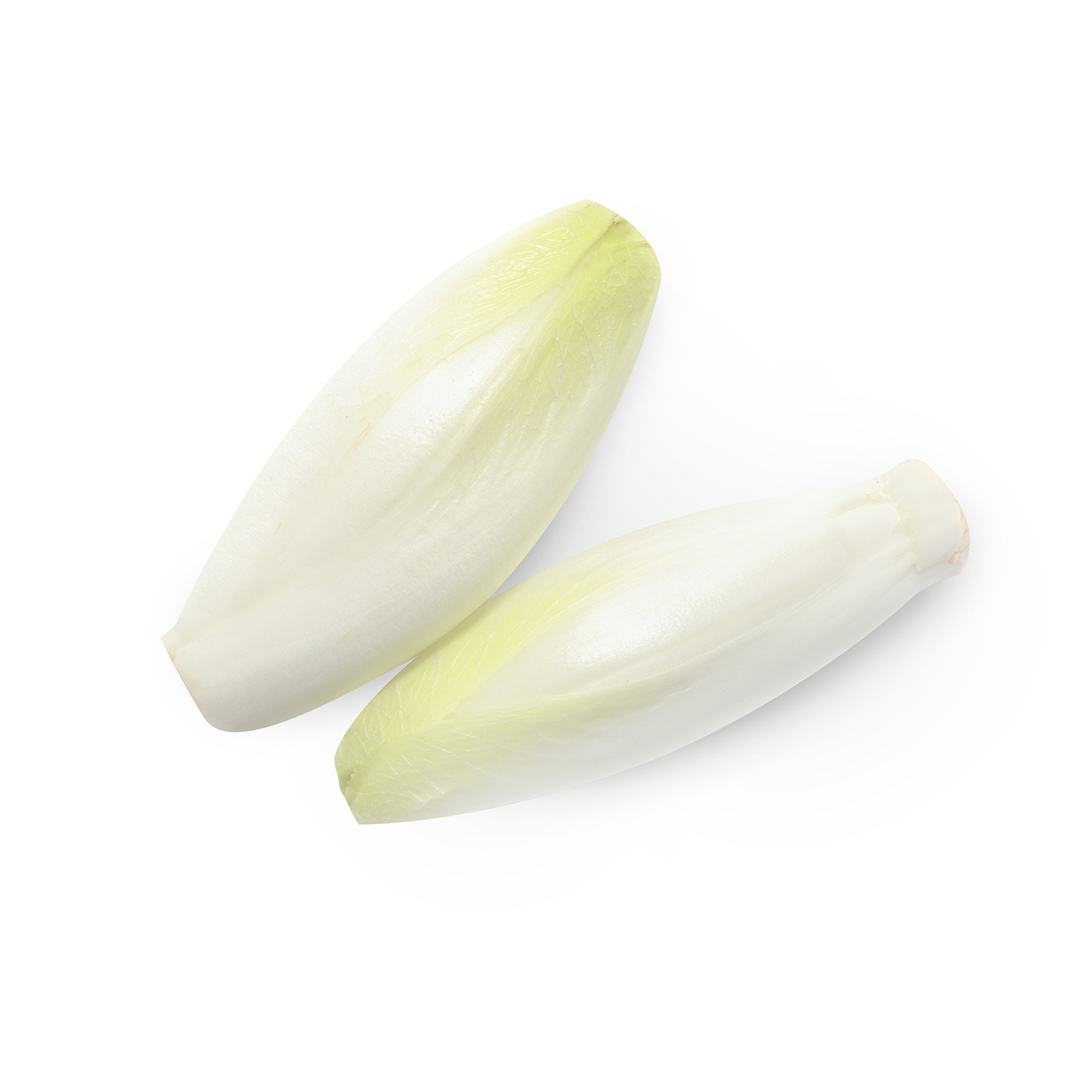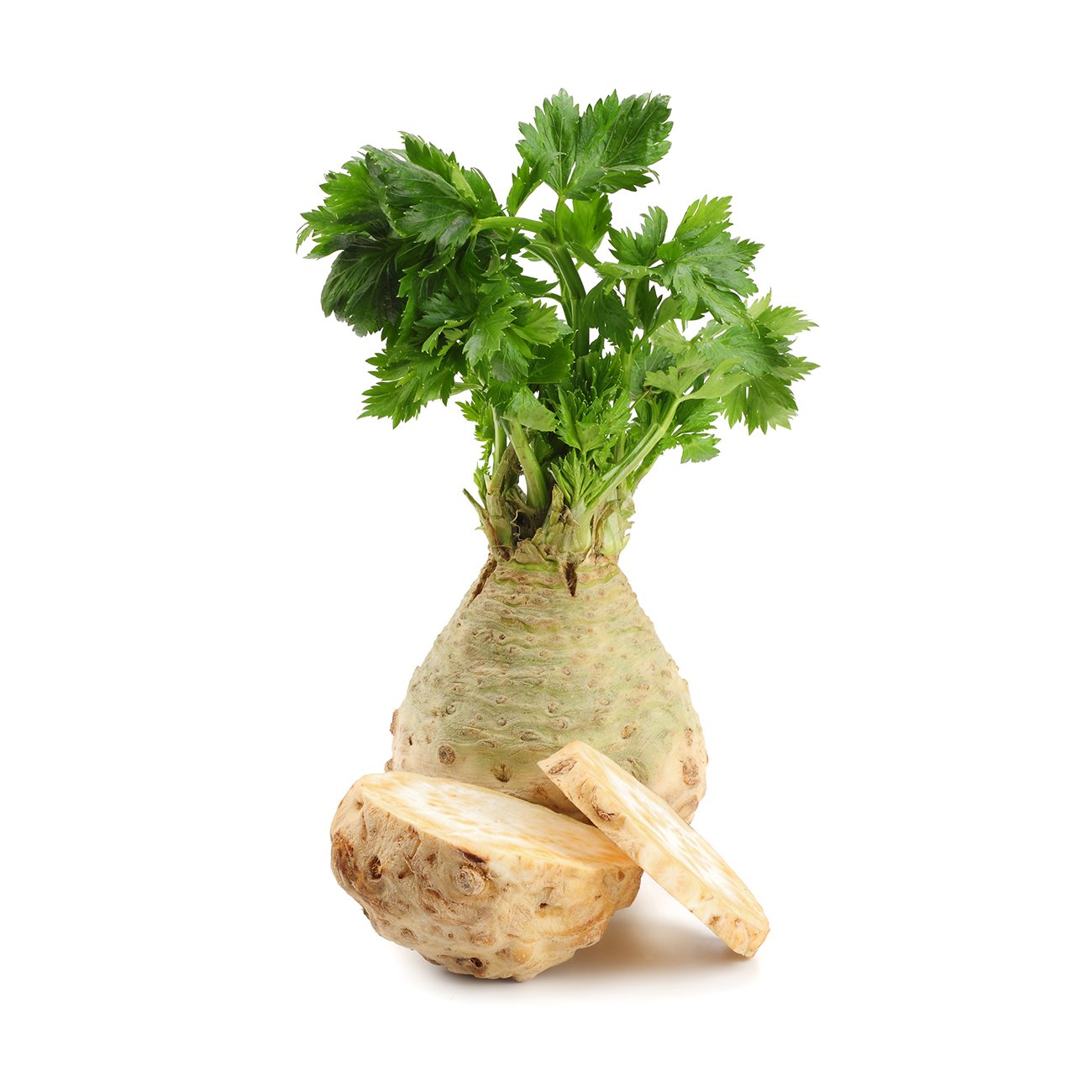Kale
This leafy veg can range from rich to herbaceous in flavour.
Alternative Name
Borecole, Chou Moellier
Scientific Name
Brassica oleracea (acephala group)
Health benefits
Kale is a leafy vegetable with green or purple leaves. There are several varieties of kale including baby kale, curly kale, ornamental kale, Cavallo Nero, dinosaur (or Lacinato or Tuscan) kale and Red Russian kale, all of which differ slightly in taste, texture and appearance. This vegetable is a member of the brassica—or cabbage—family, also known as a cruciferous vegetable.
-
Harvesting
No information exists for this vegetable as yet.Postharvest storage temperature
After harvest, kale leaves quickly lose water and turn yellow when kept at unrefrigerated conditions. Greens for salads should be cooled to 0°C as soon as possible. They are not sensitive to chilling and should be stored as cold as possible without freezing.Controlled atmosphere storage
Modified atmosphere packaging is mostly beneficial for controlling relative humidity.Ethylene sensitivity
Exposure to ethylene should be avoided throughout the handling system. It decreases shelf life, typically resulting in loss of chlorophyll leading to yellowing of leaves.Humidity storage
Store at >95% relative humidity to reduce water loss.Disease & infection
Low temperatures must be maintained throughout the cold chain to minimise pathological disorders and prolong shelf-life. -
Wrap loosely and keep in resealable bag in vegetable drawer of fridge.

You might also like
Veggy tip
To prepare large kale leaves, cut the midrib out, then tear leaves into smaller pieces. It's best to add to risottos, soups and stews in the final few minutes of cooking.



